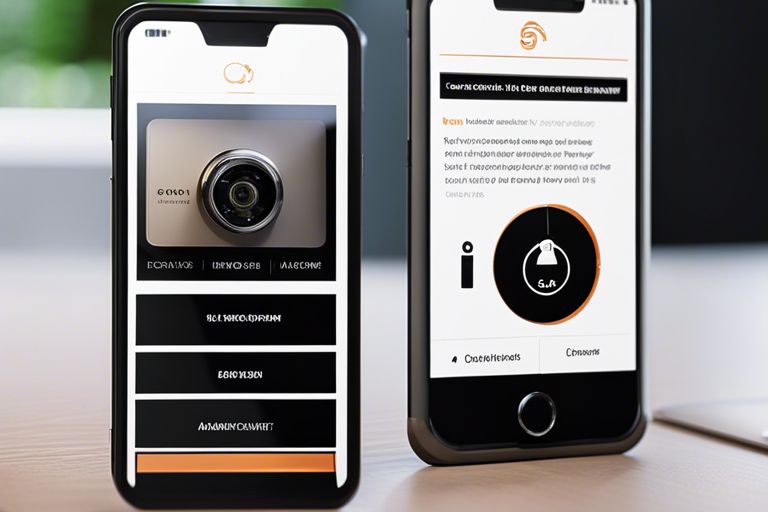As technology becomes increasingly integrated into the business world, security breaches are becoming more common and more severe. A security breach can have a devastating impact on a business, including loss of data, financial loss, damage to reputation, and legal consequences. Therefore, it is essential for businesses to take steps to protect themselves from security breaches. In this article, we will provide a step-by-step guide on how to protect your business from a security breach.
A security breach is a malicious act that compromises the confidentiality, integrity, or availability of a business’s information. The impact of a security breach can be significant, ranging from the loss of sensitive data to the complete shutdown of a business’s operations. Therefore, protecting your business from a security breach is crucial to ensure its long-term success and sustainability.
Identify Potential Security Threats
To protect your business from a security breach, it is essential to identify potential security threats. There are various types of security threats, including cyberattacks, physical security breaches, and internal threats. Conducting a risk assessment is the first step in identifying potential security threats. A risk assessment helps businesses identify the assets they need to protect, the potential threats to those assets, and the vulnerabilities that exist within their systems.
Once potential security threats have been identified, businesses can take steps to prevent them from occurring. This may include implementing security measures, such as firewalls, antivirus software, and encryption tools, to secure networks and devices. It is also important to secure physical spaces, such as offices and data centres, by using access controls and surveillance systems.
Implement Security Measures
Implementing security measures is crucial to protecting your business from a security breach. This includes having security policies and procedures in place to guide employees on how to protect sensitive information and prevent security breaches. Best practices for securing networks and devices include regularly updating software and firmware, using strong passwords, and disabling unused services.
It is also important to secure physical spaces by using access controls, such as key cards or biometric systems, to prevent unauthorized access. Additionally, businesses should implement surveillance systems, such as security cameras, to monitor physical spaces and identify potential security threats.
Educate Employees
Employees are often the weakest link in a business’s security defences. Therefore, it is crucial to educate employees on how to protect sensitive information and prevent security breaches. This may include providing training on how to identify potential security threats, how to use security tools, and how to follow security policies and procedures.
Businesses should also create effective training programs that are tailored to the needs of their employees. For example, IT staff may need more in-depth training on how to secure networks and devices, while non-technical employees may need training on how to recognize phishing scams and other types of social engineering attacks.
Respond to Security Breaches
Despite the best efforts to prevent security breaches, they can still occur. Therefore, it is important to have an incident response plan in place to guide employees on how to respond in case of a security breach. The incident response plan should include steps to take to contain the breach, identify the source of the breach, and mitigate the impact of the breach.
Some best practices for responding to security breaches include disconnecting affected systems from the network, notifying law enforcement and other relevant parties, and preserving evidence for forensic analysis.
Regularly Review and Update Security Measures
Security threats are constantly evolving, which means that businesses need to regularly review and update their security measures to stay protected. This may include regularly updating software and firmware, conducting regular risk assessments, and staying informed about new threats and vulnerabilities.
Businesses can stay informed about new threats and vulnerabilities by subscribing to security alerts and updates from trusted sources, such as The Security Institute.
Conclusion
In conclusion, protecting your business from a security breach is crucial to ensure its long-term success and sustainability. By identifying potential security threats, implementing security measures, educating employees, responding to security breaches, and regularly reviewing and updating security measures, businesses can significantly reduce the risk of a security breach occurring.
However, it is important to remember that no security measure is foolproof, and businesses should always be prepared to respond in case of a security breach. By taking a proactive approach to security, businesses can protect themselves from potential threats and ensure the security of their sensitive information.
Protecting Your Business – FAQs
What is a security breach?
A security breach is a malicious act that compromises the confidentiality, integrity, or availability of a business’s information.
What are some common types of security threats?
Common types of security threats include cyberattacks, physical security breaches, and internal threats.
What is a risk assessment?
A risk assessment is a process that helps businesses identify the assets they need to protect, the potential threats to those assets, and the vulnerabilities that exist within their systems.
How often should businesses update their security measures?
Businesses should regularly review and update their security measures to stay protected. This may include regularly updating software and firmware, conducting regular risk assessments, and staying informed about new threats and vulnerabilities.
What should businesses do in case of a security breach?
Businesses should have an incident response plan in place to guide employees on how to respond in case of a security breach. The incident response plan should include steps to take to contain the breach, identify the source of the breach, and mitigate the impact of the breach.






